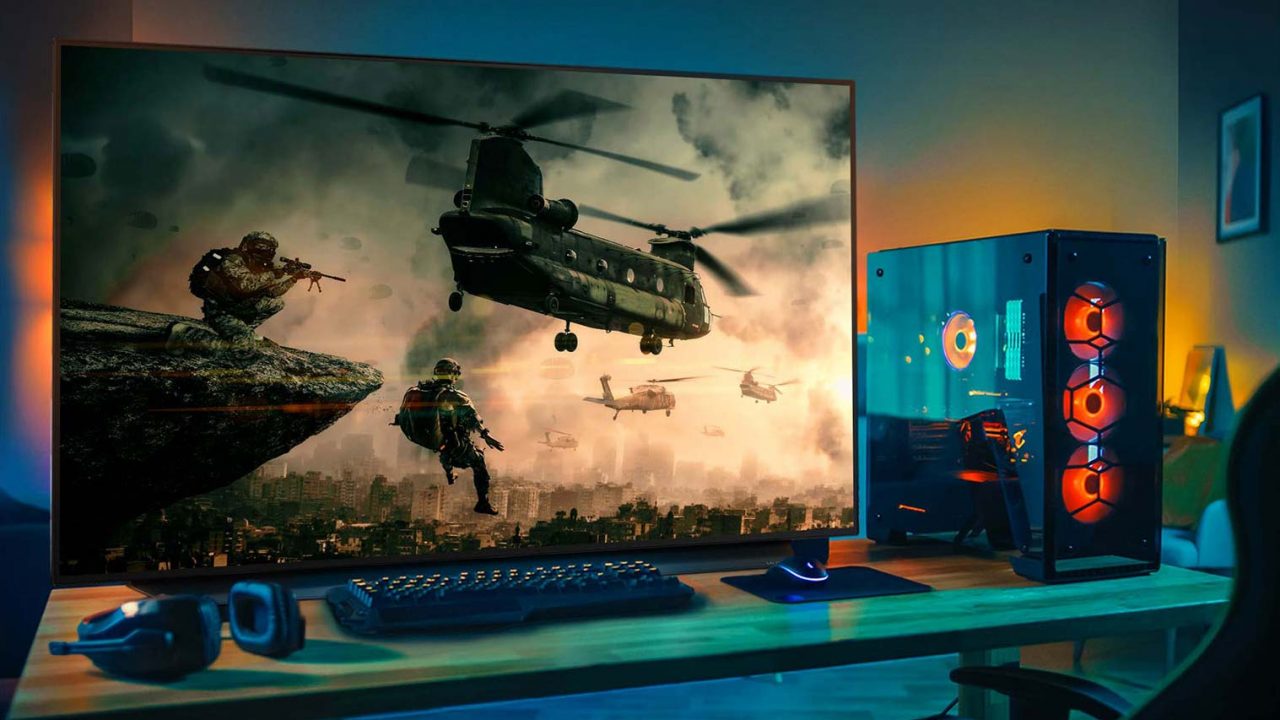What Is The Best Tv To Use As A Monitor
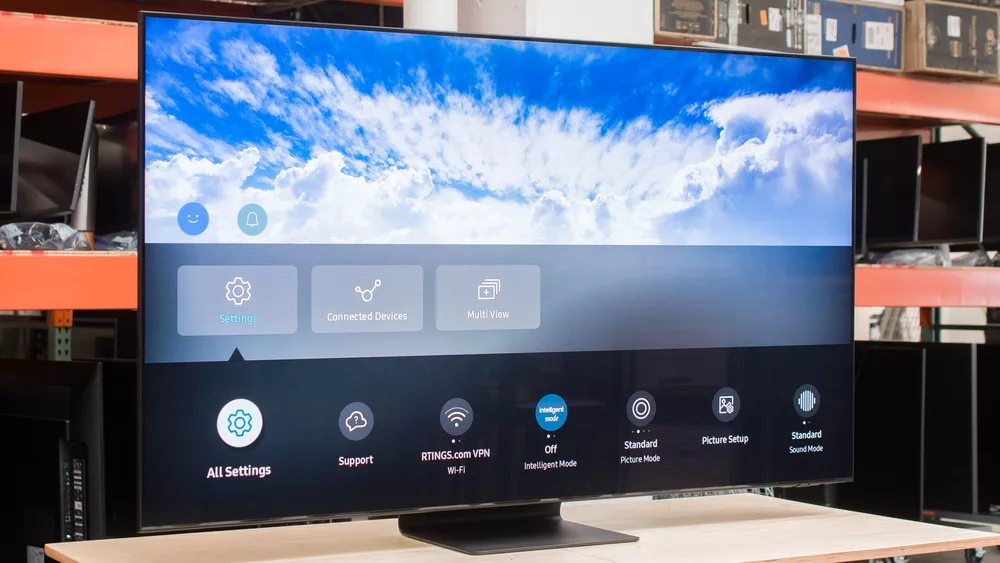
For value-conscious shoppers seeking a large display, the allure of using a TV as a monitor is undeniable. The purpose of this article is to explore the viability of using a TV as a monitor, weighing the pros and cons, and ultimately guiding you toward the best choice for your needs and budget. We will focus on key considerations, performance metrics, and specific models to help you make an informed decision.
Why Consider a TV as a Monitor?
TVs offer a significantly larger screen size than traditional monitors for a comparable price. This can greatly enhance immersion for gaming, productivity, and media consumption. The larger screen real estate allows for more open windows and applications, potentially boosting workflow efficiency.
Many modern TVs boast impressive features like 4K resolution, HDR support, and smart functionalities. These features can provide a visually stunning experience and add convenience to your computing setup. Ultimately, a TV as a monitor presents a compelling alternative for those seeking a budget-friendly, large-screen experience.
Practical Considerations Before You Buy
Resolution and Pixel Density
Higher resolution is crucial for maintaining image clarity on larger screens. Look for 4K (3840 x 2160) TVs, especially if you're sitting relatively close to the screen. Lower resolutions, like 1080p, may result in noticeable pixelation and a less sharp image at typical monitor viewing distances.
Pixel density, measured in pixels per inch (PPI), determines how sharp the image will appear. A higher PPI is generally desirable, ensuring text and images look crisp and detailed.
Input Lag and Response Time
Input lag refers to the delay between an action (like pressing a key or moving the mouse) and its appearance on the screen. Lower input lag is essential for gaming and fast-paced applications, preventing a sluggish and unresponsive feel.
Response time measures how quickly a pixel can change colors. Faster response times minimize motion blur and ghosting, especially in fast-moving scenes. Prioritize TVs with low input lag and fast response times for a smoother experience.
Connectivity and Ports
Ensure the TV has the necessary ports for your devices, including HDMI 2.0 or 2.1 for 4K resolution at higher refresh rates. DisplayPort is typically preferred for monitors but is rarely found on TVs.
Consider the number of HDMI ports and whether they support features like HDMI-CEC (Consumer Electronics Control), which allows you to control multiple devices with a single remote.
Viewing Angle and Panel Type
Viewing angle affects how the image appears when viewed from the side. IPS panels generally offer wider viewing angles compared to VA panels, which may experience color shifting when viewed off-axis.
Panel type influences contrast ratio and color accuracy. VA panels offer better contrast ratios (deeper blacks), while IPS panels provide more accurate colors. Choose a panel type that aligns with your primary use case.
Shortlist of TV Recommendations
Here are a few recommended TVs for monitor use, catering to different needs and budgets:
- For Budget-Conscious Shoppers: TCL 43-inch 4-Series 4K UHD HDR Smart TV. Offers a good balance of features and affordability.
- For Gaming Enthusiasts: LG 48-inch C2 OLED evo TV. Delivers exceptional picture quality, low input lag, and fast response times.
- For Productivity and General Use: Samsung 43-inch Q60B QLED 4K Smart TV. Provides vibrant colors, good viewing angles, and smart features.
Detailed Reviews
TCL 43-inch 4-Series 4K UHD HDR Smart TV
The TCL 4-Series is a solid choice for budget-minded users. It offers 4K resolution and HDR support, providing a decent visual experience for the price. However, its input lag may not be ideal for competitive gaming.
The viewing angles are acceptable, but color accuracy could be better. It's a good option for general use, media consumption, and casual gaming.
LG 48-inch C2 OLED evo TV
The LG C2 is a premium option that excels in almost every area. Its OLED panel delivers perfect blacks, infinite contrast, and incredibly accurate colors. The input lag is extremely low, making it perfect for gaming.
The viewing angles are wide, and the response time is near-instantaneous. The C2 is an investment but offers unparalleled picture quality and gaming performance.
Samsung 43-inch Q60B QLED 4K Smart TV
The Samsung Q60B offers vibrant colors and good overall picture quality thanks to its QLED technology. It provides decent viewing angles and a relatively low input lag, making it suitable for gaming and general use.
The smart features are user-friendly, and the design is sleek. It strikes a good balance between performance and price, making it a versatile option.
Side-by-Side Specs and Performance Scores
Here's a comparison table summarizing the key specs and performance scores of the recommended TVs:
| Feature | TCL 43" 4-Series | LG 48" C2 | Samsung 43" Q60B |
|---|---|---|---|
| Resolution | 4K UHD (3840 x 2160) | 4K UHD (3840 x 2160) | 4K UHD (3840 x 2160) |
| Panel Type | LED | OLED | QLED |
| Input Lag | ~20ms | ~5ms | ~10ms |
| Response Time | ~8ms | ~1ms | ~6ms |
| HDR Support | HDR10 | Dolby Vision IQ, HDR10 Pro | HDR10+ |
| Viewing Angle | Acceptable | Excellent | Good |
| Overall Score | 7/10 | 9.5/10 | 8/10 |
Conclusion
Choosing the best TV to use as a monitor involves careful consideration of your needs and budget. While a TV can offer a large screen experience at a lower price than a traditional monitor, it's important to weigh the trade-offs in terms of input lag, response time, and pixel density.
Remember to assess your primary use case – gaming, productivity, or media consumption – and prioritize features accordingly. Compare specs, read reviews, and consider the practical aspects of setting up a TV as a monitor.
Make an informed decision by considering all the factors mentioned above. Explore the recommended models or conduct further research to find the perfect TV that meets your requirements and delivers a satisfying visual experience.
Ready to upgrade your display? Click here to browse the latest deals on TVs!
Frequently Asked Questions (FAQ)
Q: Can any TV be used as a monitor?
A: While technically possible, not all TVs are ideal for monitor use. Consider input lag, response time, and resolution.
Q: Is a 4K TV necessary for monitor use?
A: For larger screens, 4K resolution is highly recommended to maintain image clarity and sharpness.
Q: Will using a TV as a monitor cause burn-in?
A: OLED TVs are susceptible to burn-in with static elements. Take precautions like hiding the taskbar and using screen savers.
Q: How do I connect a TV to my computer?
A: Use an HDMI cable to connect your computer's graphics card to the TV's HDMI port. Adjust display settings on your computer.
Q: What is the ideal viewing distance for a TV used as a monitor?
A: The ideal viewing distance depends on the screen size and resolution. A general rule is to sit about 1.5 to 2 times the screen's diagonal size away.


![What Is The Best Tv To Use As A Monitor Best TVs to Use as a Monitor for PC [2023]](https://theproductanalyst.com/wp-content/uploads/2021/09/TPA-Product-Roundups-1-7.png)
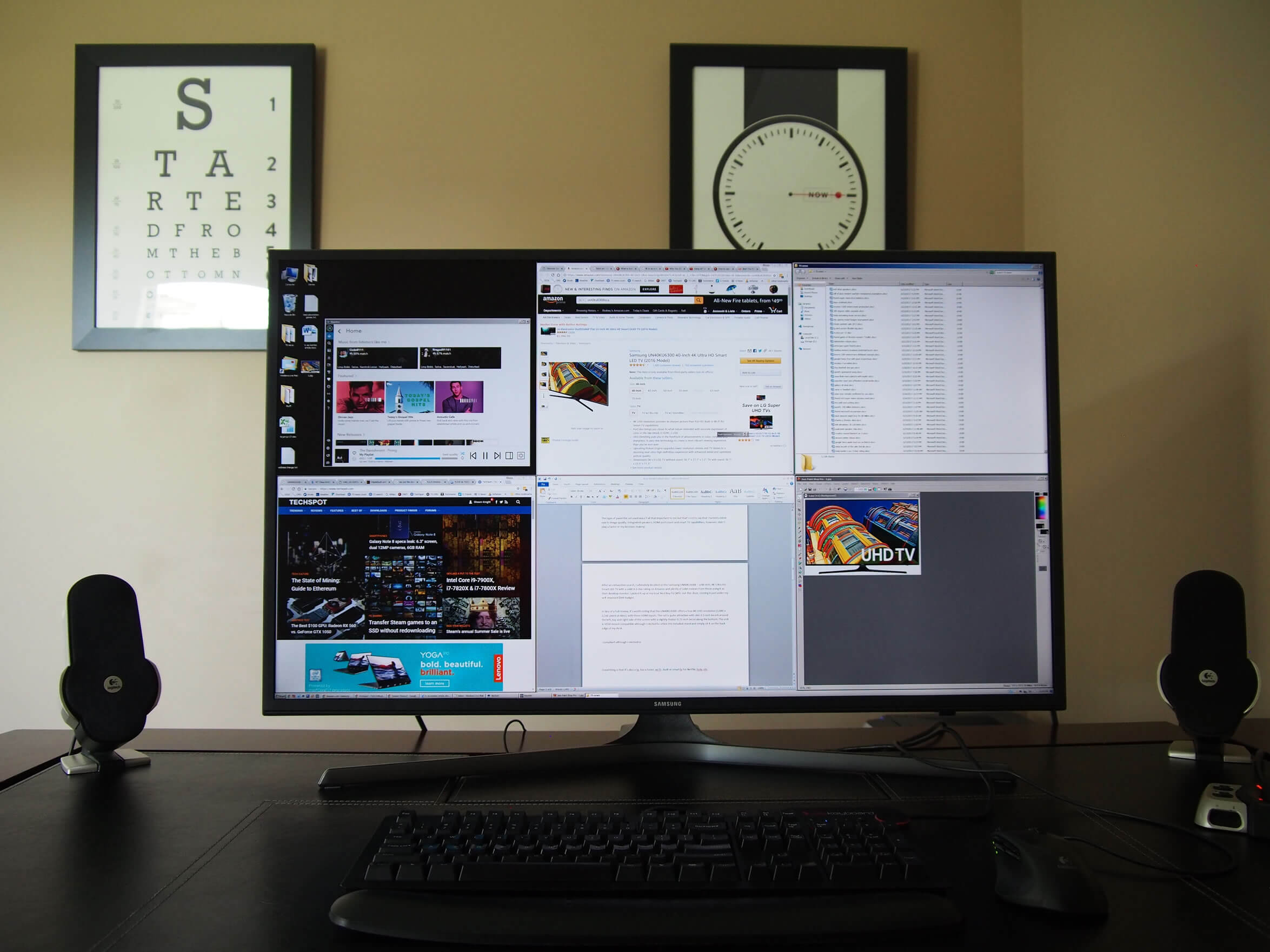

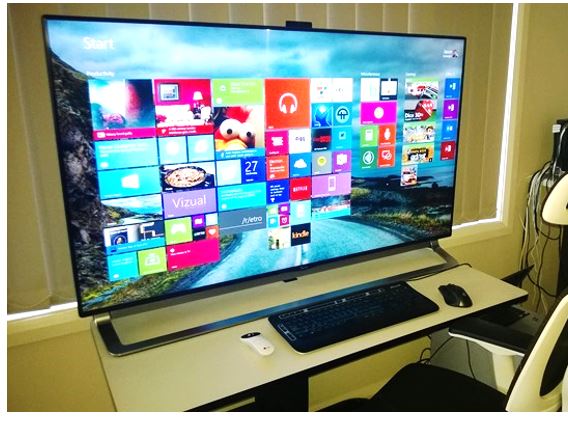

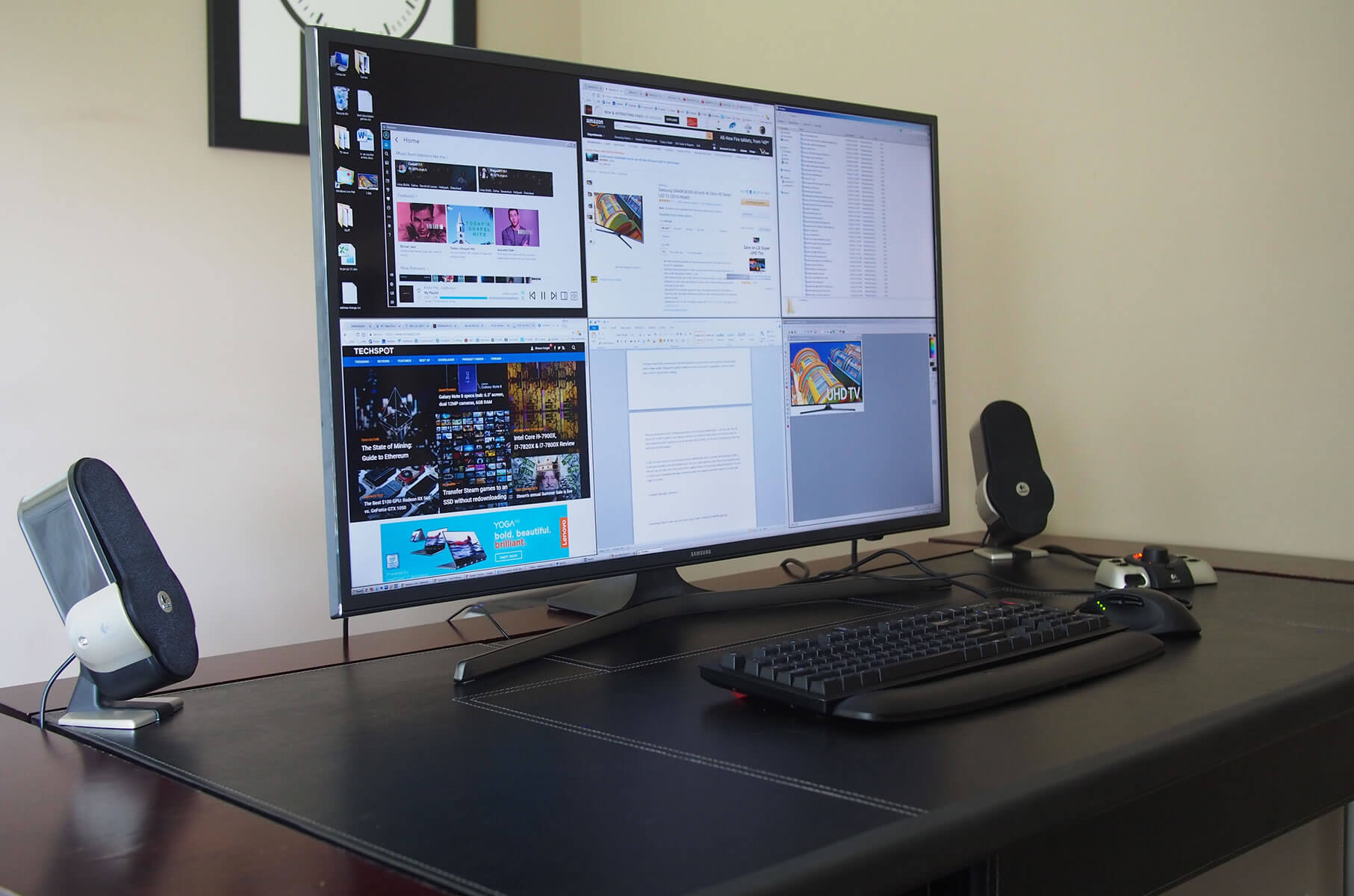
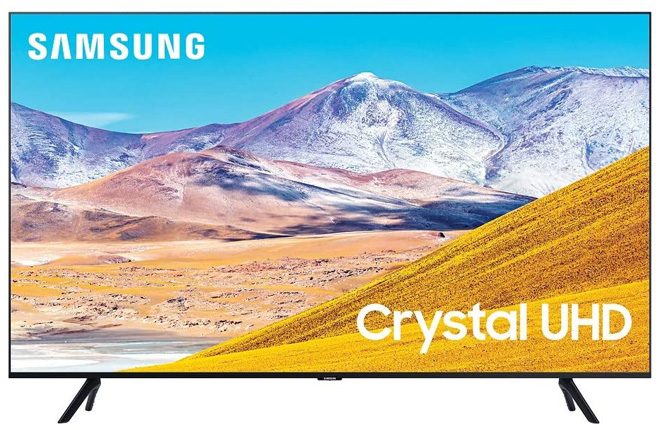
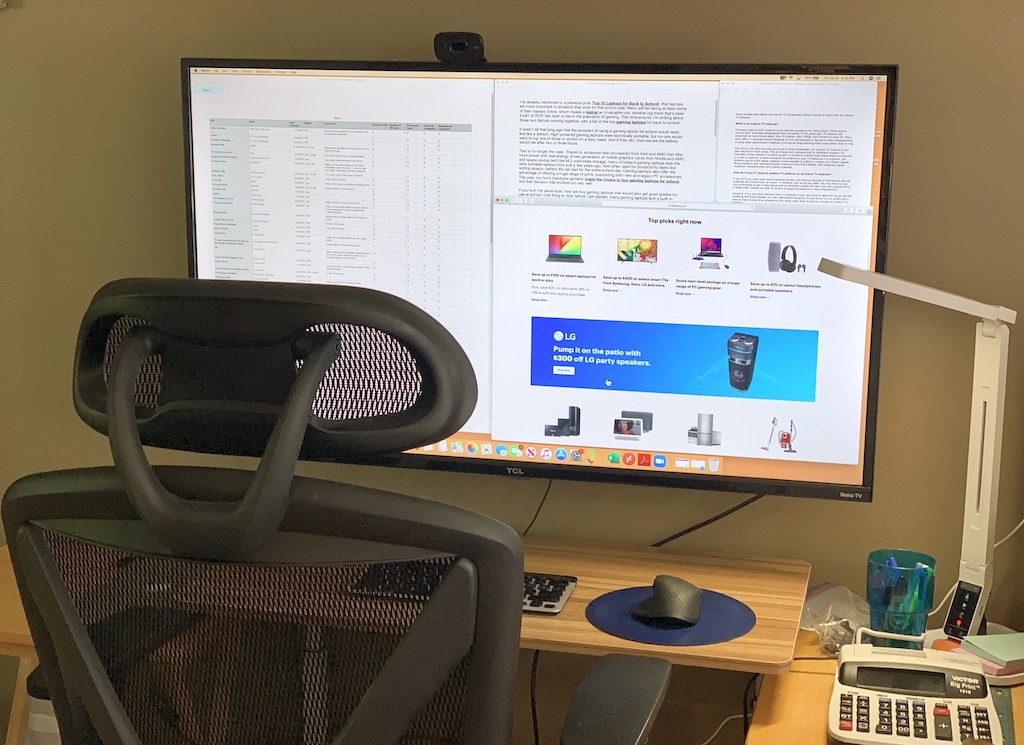

![What Is The Best Tv To Use As A Monitor Best TVs to use as a PC Monitor [2022] - TV Notch](https://tvnotch.com/wp-content/uploads/2021/12/Insignia-1024x658.jpg)


